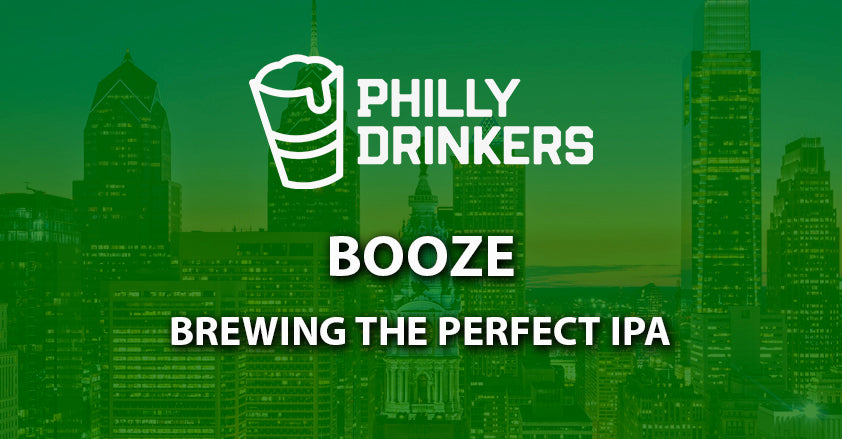
Buckle up, hop heads!
Today, we embark on a tantalizing adventure through the intricate process of brewing an India Pale Ale (IPA). Get ready to dive headfirst into the world of hops, flavors, and the art of creating the perfect balance between bitterness and aroma. So, grab your pint glass and let's uncover the secrets behind brewing this beloved beer style.
Step 1: Selecting the Hop Heroes The foundation of any exceptional IPA lies in the selection of hops. Brewers carefully choose a variety of hops that will contribute to the beer's aroma and bitterness profile. From the citrusy and floral Cascade hops to the piney and resinous Simcoe hops, each variety adds its unique character to the brew. It's like assembling a team of superheroes, where each hop plays a crucial role in the final flavor explosion.
Step 2: Mashing In and Extracting Sweetness Once the hops are sorted, it's time to get the grains in on the action. Brewers start by mashing in, mixing crushed malted barley with hot water to extract the fermentable sugars. The temperature and duration of this process are carefully controlled to achieve the desired level of sweetness. For an IPA, brewers often opt for a grain bill that includes pale malts to create a clean, light malt backbone, allowing the hops to shine.
Step 3: Boiling with Bitterness Now, it's time to unleash the beast! After mashing, the sweet wort is transferred to the brew kettle, where it undergoes a vigorous boil. This is when the hop additions come into play. Brewers add hops at different stages during the boil to extract bitterness, flavor, and aroma. The longer hops are boiled, the more bitterness they impart. It's a balancing act, as brewers strive to achieve the ideal level of hoppy goodness without overwhelming the palate.
Step 4: Dry-Hopping Delights For an IPA to truly showcase its hoppy nature, dry hopping is essential. Brewers introduce additional hops during fermentation or post-fermentation to infuse the beer with aromatic goodness. This process allows the hops' oils and aromas to shine without contributing much bitterness. Picture it as a fragrant infusion, transforming the beer into a sensory delight.
Step 5: Fermentation Frenzy Once the hoppy magic has been performed, the beer goes through the fermentation process. Brewers add yeast, which eagerly feasts on the sugars, converting them into alcohol and carbon dioxide. This is when the flavors meld together, creating a harmonious balance between the malt sweetness and hoppy bitterness. Patience is key here, as the beer takes its time to reach its full potential.
Step 6: Carbonation and Conditioning After fermentation, the beer is primed and ready for carbonation. Brewers add a small amount of sugar or yeast to the beer before bottling or kegging, allowing a secondary fermentation process to take place. This results in the formation of natural carbonation, lending a refreshing sparkle to the IPA. The beer then undergoes a period of conditioning, allowing the flavors to further develop and the beer to become well-rounded and harmonious.
Conclusion: Brewing an IPA is a labor of love, where each step in the process contributes to the creation of a hop-forward masterpiece. From the careful selection of hops to the precision in mashing, boiling, and fermenting, every decision impacts the final flavor profile. So, the next time you savor an IPA, raise your glass to the dedicated brewers who bring us this hop monster—crafted with passion, skill, and a relentless pursuit of hoppy perfection. Cheers to the magical world of brewing!





